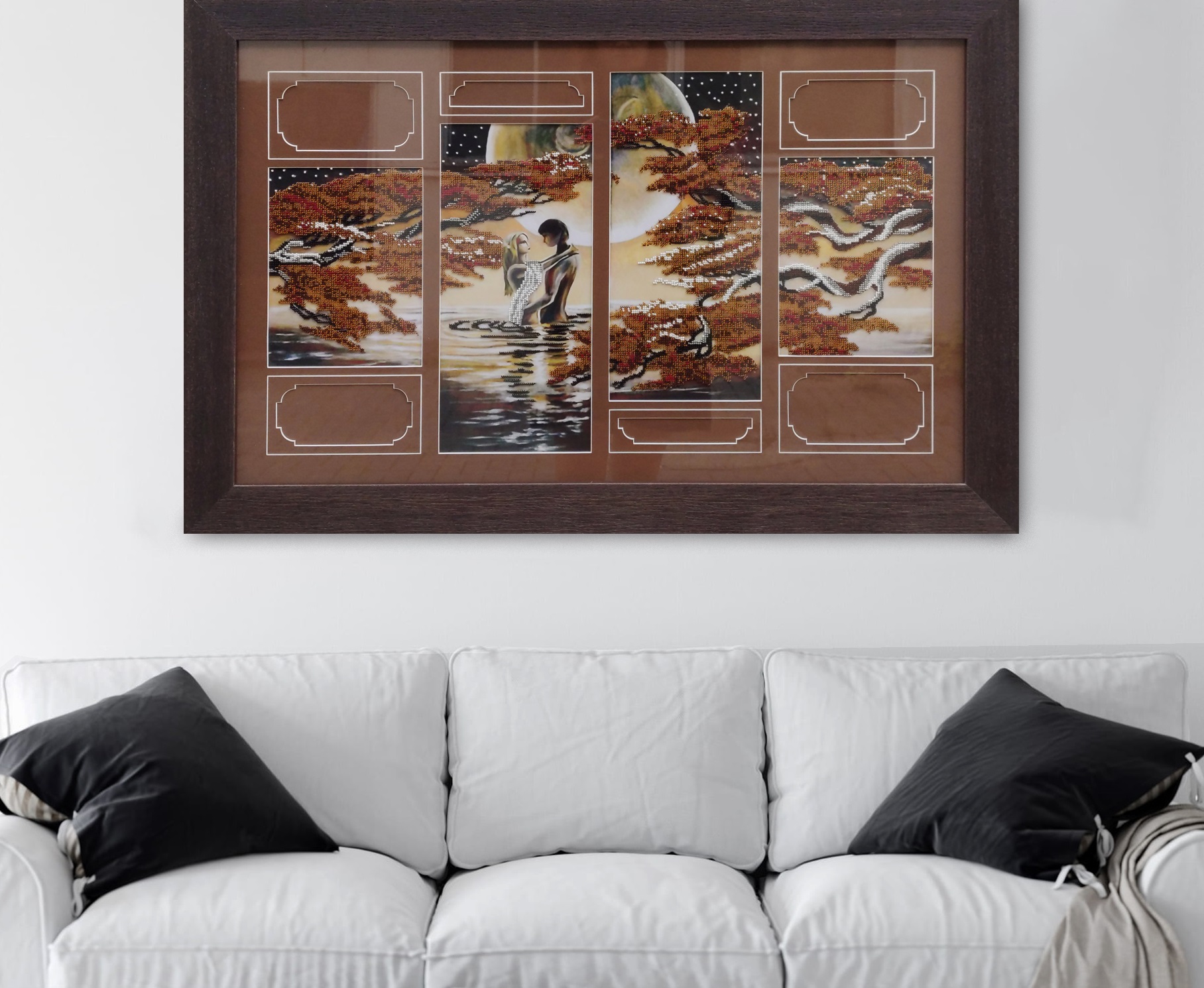To begin with, it is important to understand what a passe-partout is.
Passepartout comes from the French pass pour tout, meaning "suitable for everything, the magic key". Passe partout - Passe par tout, n. [F., from passer to pass + partout everywhere.] ”, Almost like a passport. And in some ways, the passe-partout is really a magic material that allows the designer to create a field around the image, for a greater concentration of appearance.
A passe-partout for a decorator is something like a garnish for a chef. About every 3-4 pictures that are brought to the framing workshop for decoration are not complete without a passe-partout. But Passepartout also helps crooked receivers spin customers for a more expensive check. Often a passe-partout is not necessary at all, but it is offered. Passe-partout is a colorful decorative cardboard in which holes are cut on very precise machines.
The passe-partout primarily serves to protect the artwork. It usually consists of a piece of cardboard the size of a glass, in which a window will be cut, often with edges inclined at 45 °, the size of a painting. The pass-partout is then placed above the painting, between the painting and the glass.
Passe-partout can be used to make the framed object take up more space when framed. It comes in many colors and textures and will often be used as a decorative element to add a personal touch to the artwork.
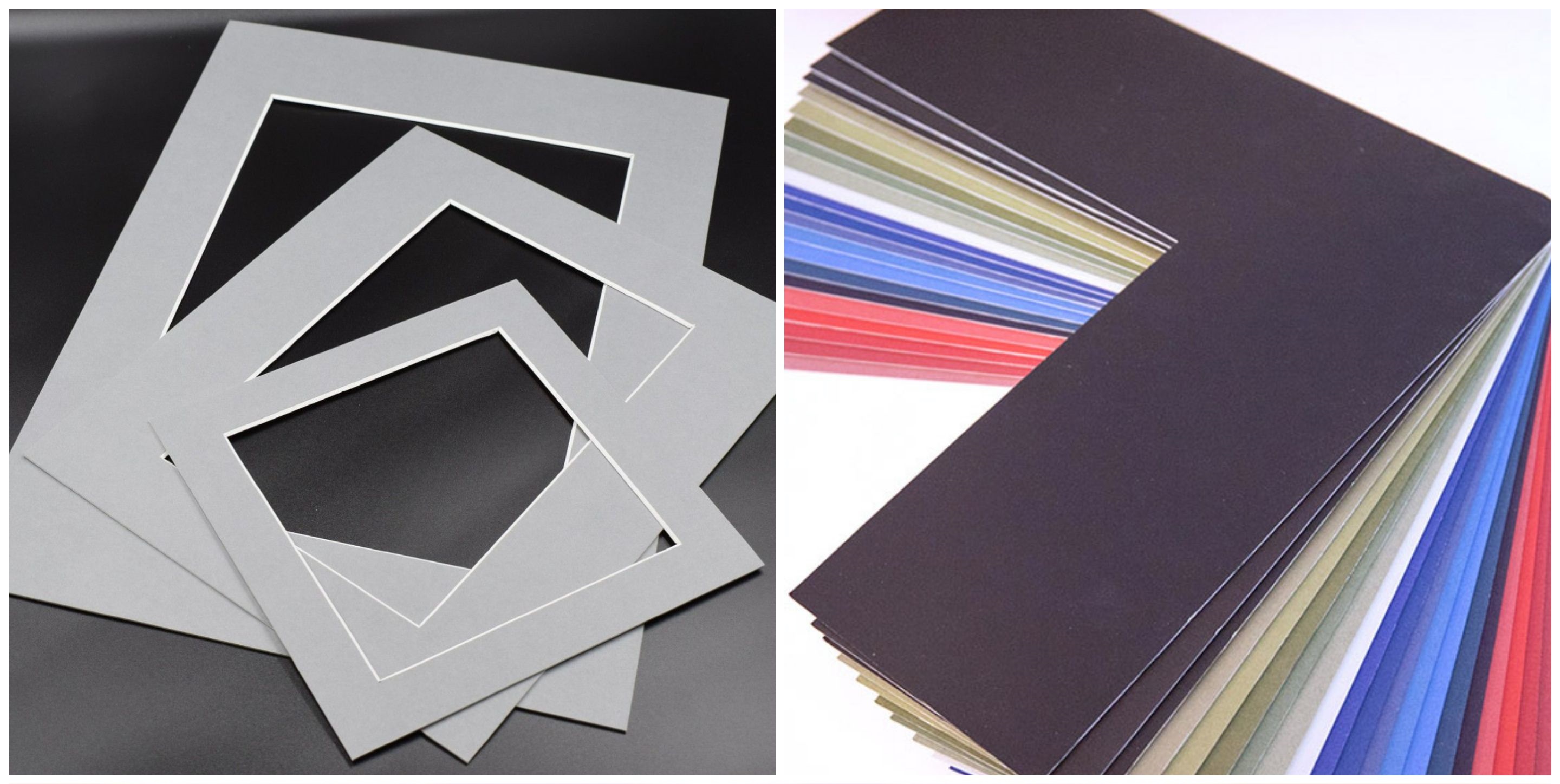
The roles of the passe-partout:
- Provides protection;
The main purpose of a passe-partout will be to protect the art object from touching the glass. Passe-partout is therefore used when framing works of art in: watercolor, lithographs, pencils, pastels, etc.
Why shouldn't the framed object touch the frame glass?
1. Changing humidity levels in a room can cause condensation to form on the glass surface inside the frame. Moisture will then penetrate the paper which is pressed onto the glass. This will discolor your painting and may cause your paint to stick to the glass as the moisture dries. This adhesion can also occur if the support of the original part is soft or sticky.
2. We all know that glass transfers heat very efficiently, so if your artwork is pressed against glass, it is more likely to wrinkle or warp, as there will be a sudden change in temperature between the front and the bottom of the frame.
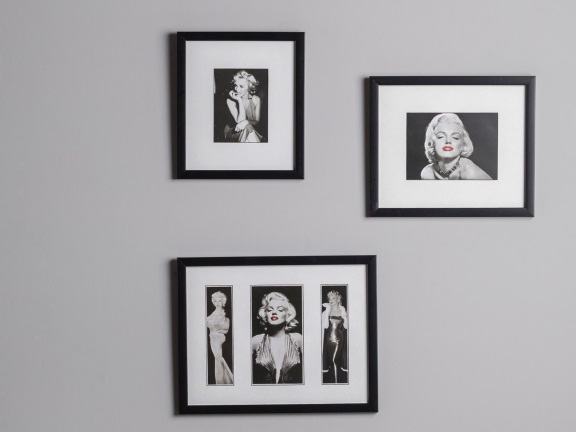
- Highlight the framed object;
The passe-partouts are available in a wide range of colors, and you can use the passe-partout to accentuate the components of your framed artwork. However, it is safest to keep the color of the passe-partout sober, as you will not want to be distracted from the artwork.
A colorful passe-partout should complete the artwork.
Keep in mind that the materials used for framing must not contain acidic substances and it is ideal to be made of cotton. Why? Because wood pulp materials are not as durable and can turn the artwork yellow over time.
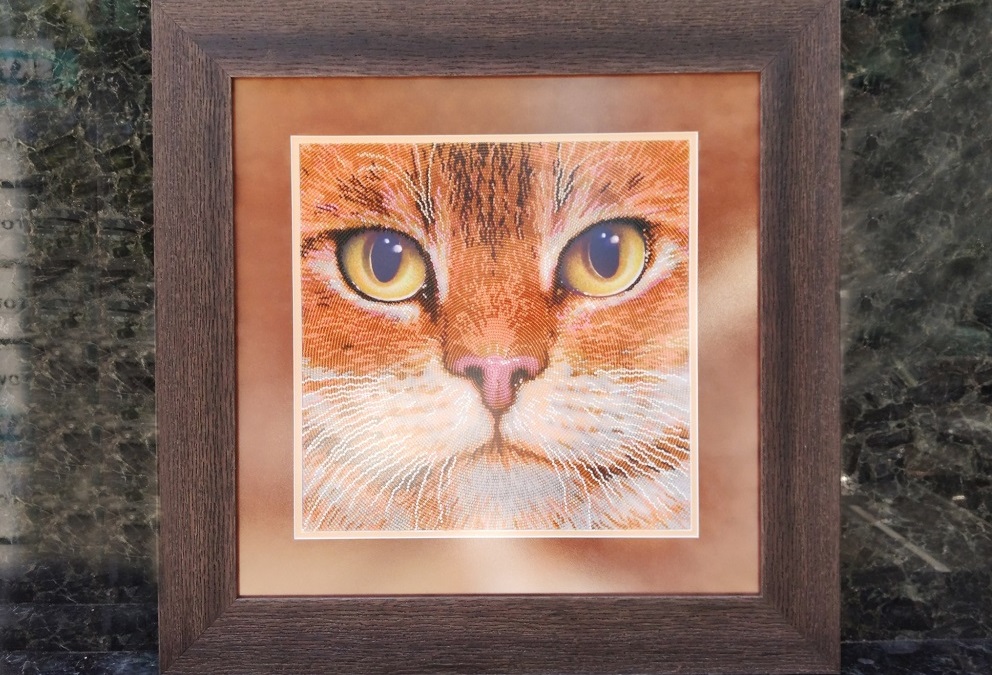
- It has a ventilating role;
The thickness of the passe-partout is your choice and it is always best to choose a passe-partout as thick as possible, as a thin passe-partout will not allow the framed art object to breathe. A wider passe-partout, on the other hand, allows you to pay more attention to the framed object.
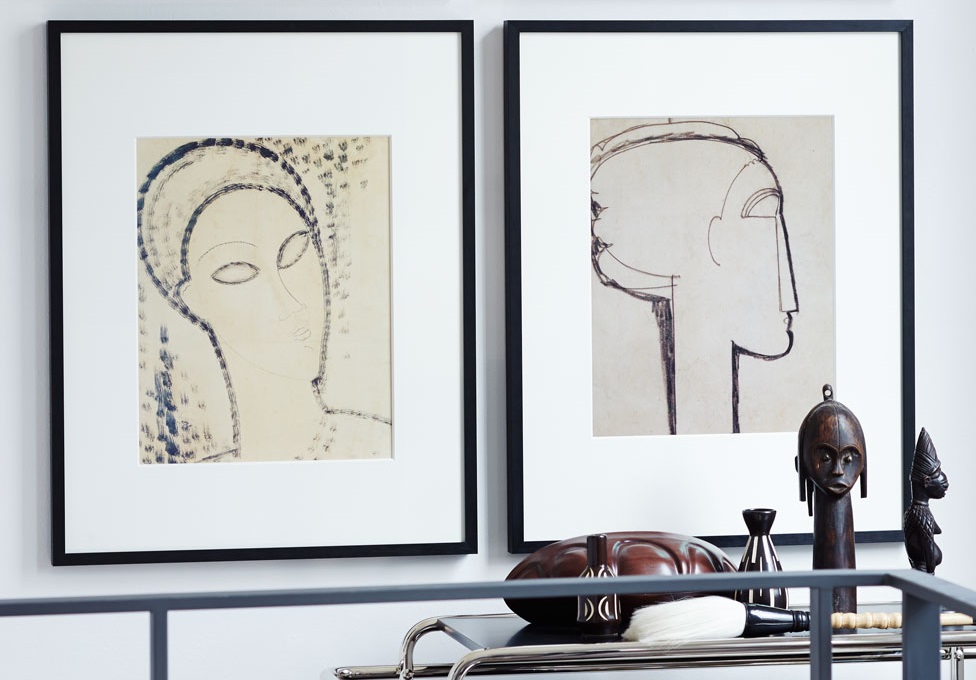
- Combines the framed art object with the room;
Passe-partout is also an opportunity to make the transition between the painting and the wall on which it is exposed as pleasant as possible.
